Here’s my take as someone who’s worked for 5 years at a company that pioneered corrective headphones EQ.
TiTum Audio has launched a successfully-backed Kickstarter project that offers a pair of wireless ANC headphones that promise the ability to emulate premium audiophile headphone sound by using a DSP.
After passing the rather meager $5000 initial funding goal, TiTum headphones reached $86,469 and have reportedly started shipping to backers. At the same time, headphone enthusiast communities on Reddit and Head-Fi are in disbelief regarding the lofty claims.
Can digital signal processing fundamentally alter everything that makes up the resulting sound of headphones? Or maybe we, audiophiles, need to stop worrying and learn to love the future where high-end sound is a button-click away?
What Is TiTum?
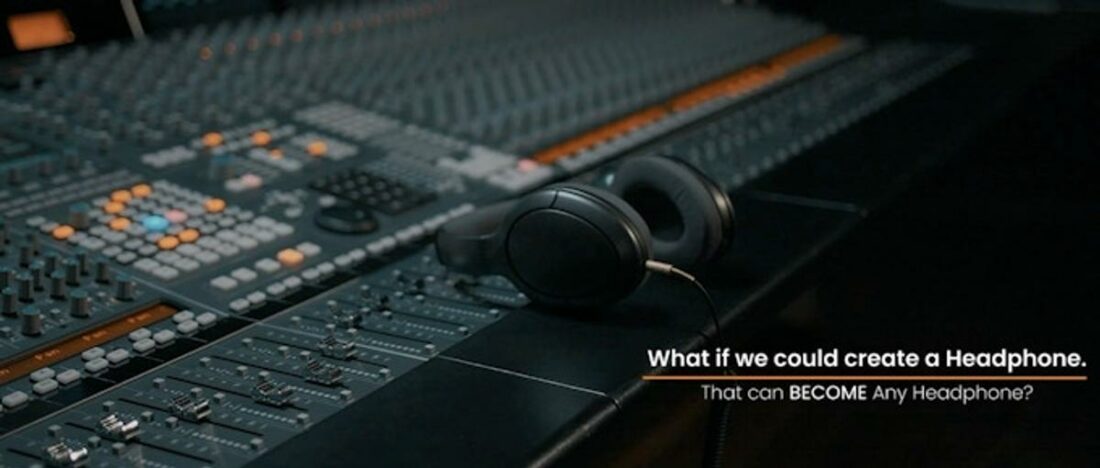
TiTum Audio is a company that created a Kickstarter crowdfunding campaign for smart wireless ANC headphones.
The main selling point of TiTum headphones is their ability to “Fully Transform” into other headphones.
They claim to copy the:
- Frequency Response
- Dynamic Range
- Resonance character at each frequency spectrum
- Harmonic Distortion & Saturation Character across the entire spectrum
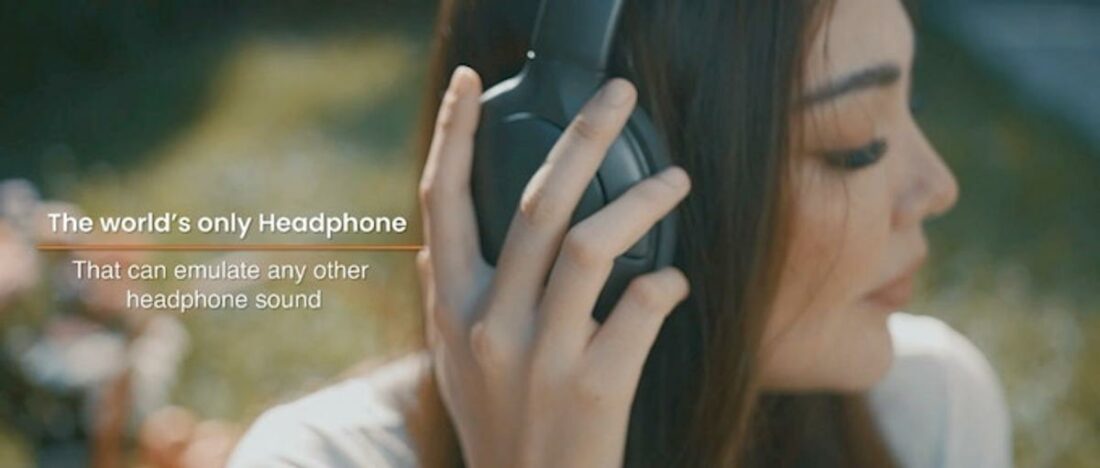
To achieve it, TiTum headphones use a beryllium 50mm dynamic driver and a built-in electronics package, which likely consists of an audio codec chip that does ADC, DAC, DSP, and headphone amplification. Additionally, there’s a Bluetooth chip for wireless comms and a CPU that controls the whole lot.
The headphones can be used wirelessly via Bluetooth or wired with a 3.5mm analog AUX cable and a USB-C connection which connects to the built-in DAC of the TiTum.
Managing all of the sound settings is done through a mobile app available for Android and iOS devices.
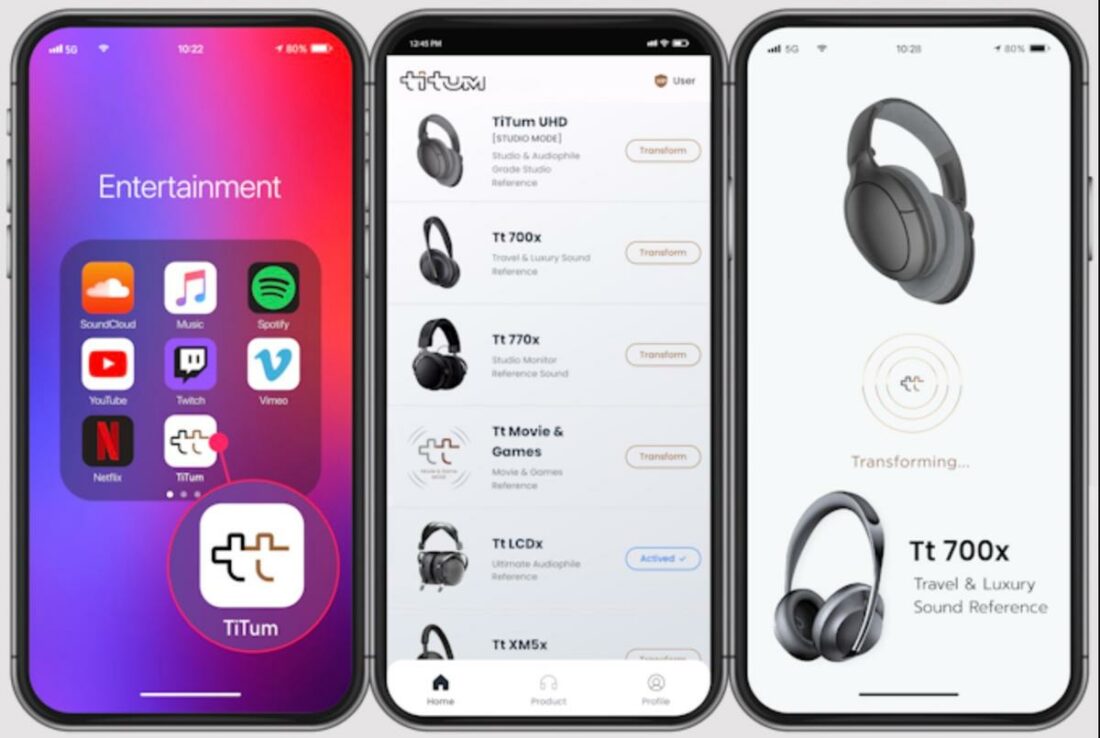
This allows for selecting one of the six sound profiles:
- Titum UHD – the default profile
- Tt 700x – emulates the Bose 700 ANC headphones
- Tt 770x – emulates the Beyerdynamic DT770 headphones
- Tt Movie & Games – a more entertainment-oriented sound
- Tt LCDx – emulates the Audeze LCD-XC headphones
- Tt XM5x – emulates the Sony WH-1000XM5 headphones
Walking the Walk
Can one actually use DSP to fully mimic the sound of another set of headphones?
As someone who worked at a headphone correction pioneer, Sonarworks, for 5 years, I have more than 2 euro cents to add to the topic.
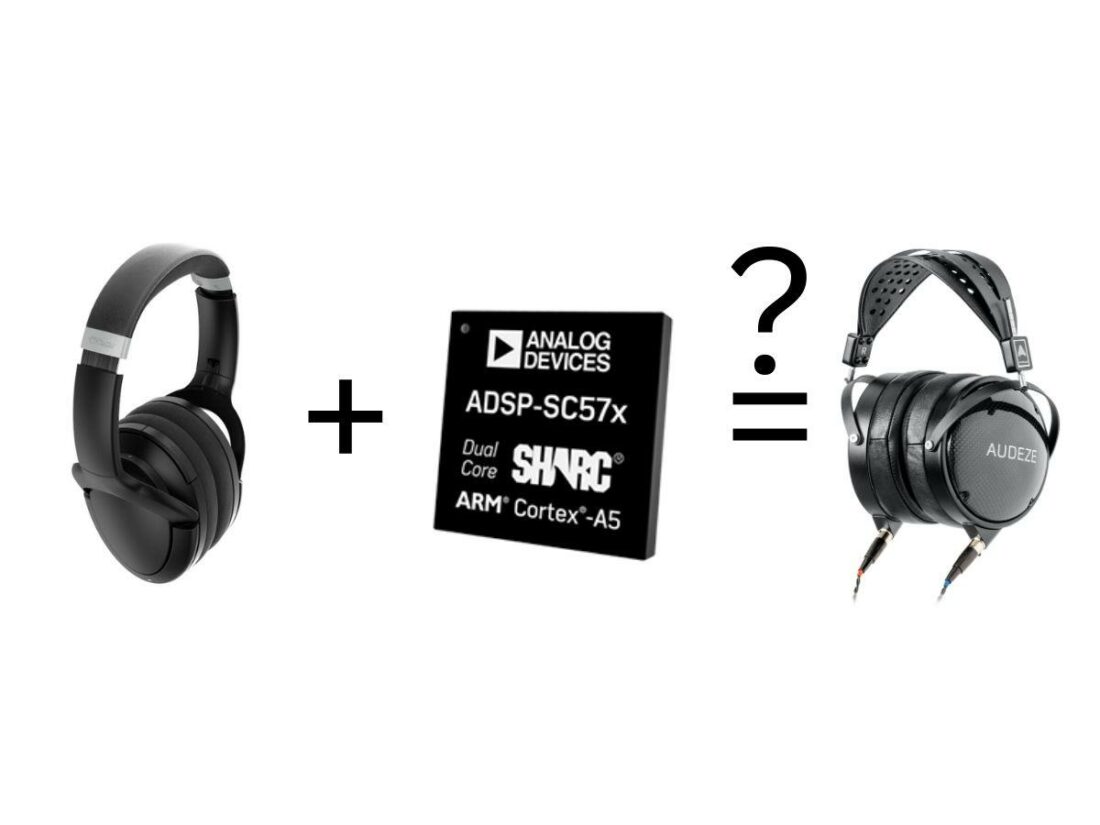
There are a few technological prerequisites before one can emulate the sound signature of headphones. The ability to fully measure and capture the linear and nonlinear distortion characteristics of both the “emulator” and the “emulatee” headphones is key for it all to work. It took us years of research to get it right.
At Sonarworks, we were able to create custom sound profiles for mixing engineers to check their music on Beats, Apple Airpods, or other headphones.
However, the simulation always worked more convincingly when done downward – by simulating lesser headphones on higher-quality headphones. Is the TiTum really better than the Audeze LCD-XC it’s simulating?
Some Caveats
When looking at the TiTum website and Kickstarter page some red flags started to appear to me.
First is the initial $5000 funding goal. It’s a common practice to state artificially low funding goals to quickly reach them and get some press because of it. Anyone who has done a crowd-funding campaign knows that 5 grand is chump change.
After doing some internet sleuthing, I found that TiTum has already done an Indiegogo campaign in early 2022 which reached a similar EUR 76,000 goal.
Like in many similar campaigns, the backers had to wait 2 years to get their headphones delivered. But props to TiTum for holding their end of the deal.
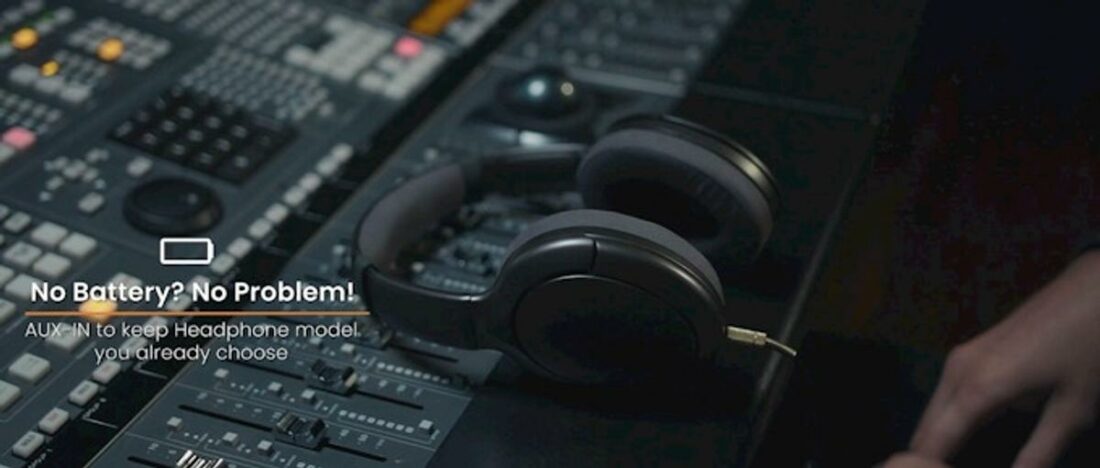
Another brow-raiser for me was the fact that TiTum claims their headphone will maintain the sound simulation even when the batteries are empty and the AUX input is used. What will power the DSP?
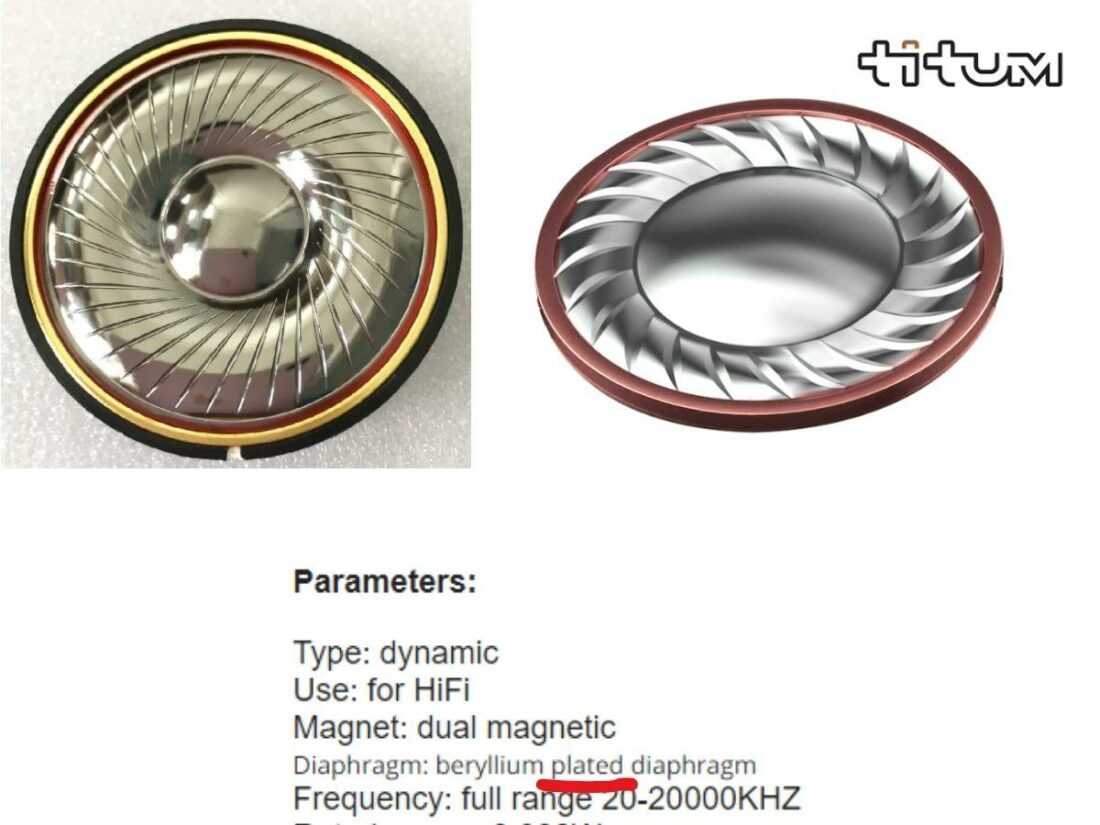
Also, the 50mm driver of the TiTum headphones can’t be made out of pure beryllium.
It’s a mylar diaphragm with a beryllium PVD coating because pure beryllium is brittle and requires the use of a surround that’s made out of a different material.
Mis-specifying beryllium drivers is a pet peeve of mine.
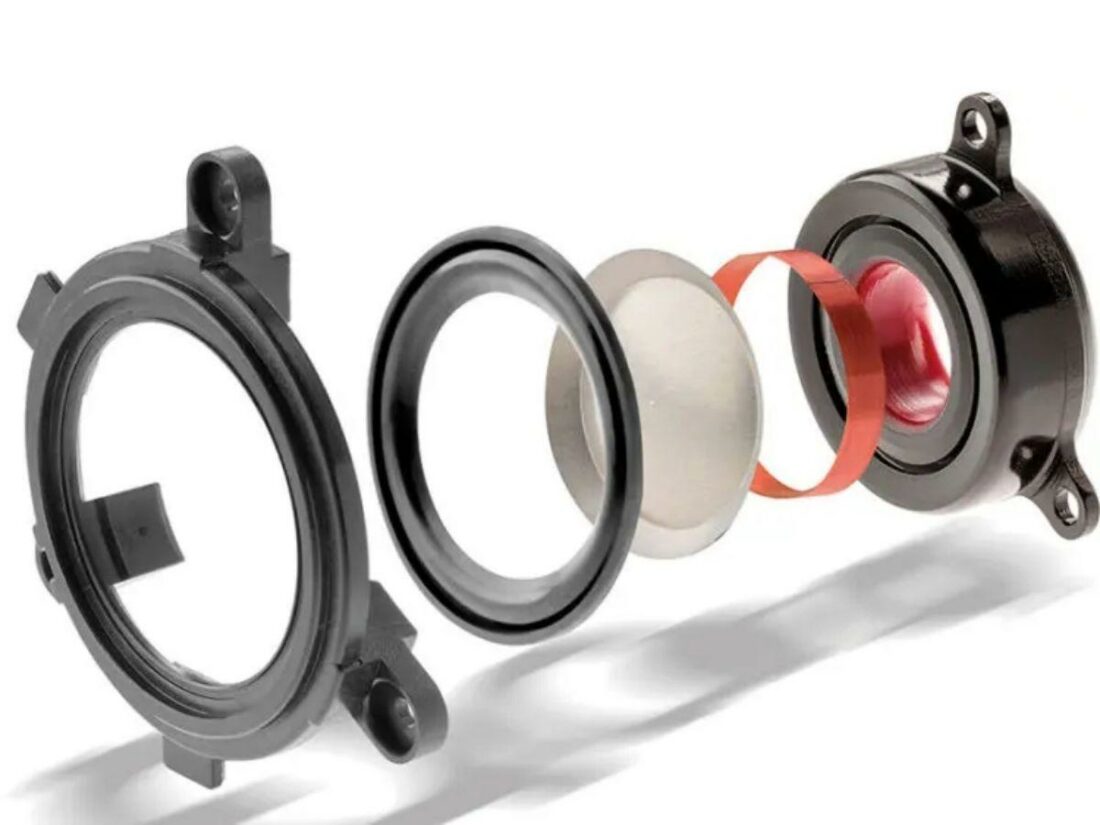
What Does the Future Hold?
The digital emulation problem is far from exclusive to headphones.
Everyone who plays electric guitar nowadays has encountered effect presets which allows for copying the tone of one’s favorite axemen. More advanced solutions even emulate the guitar’s amplifier and cabinet coloration down to the type of tube and speaker used.
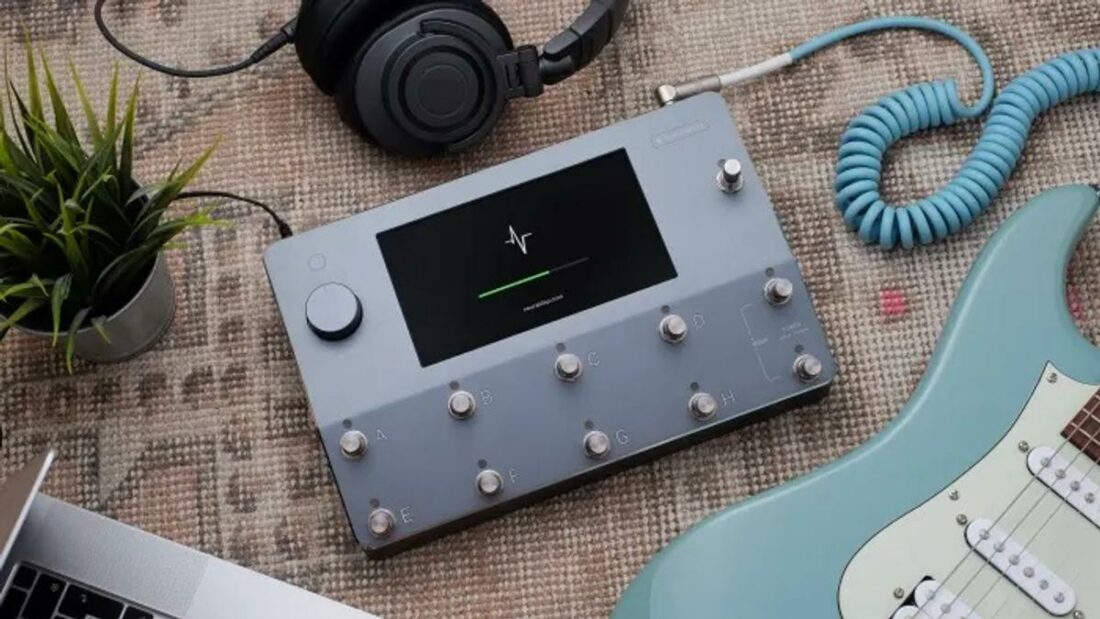
Naturally, guitar players were and to some point, many still are against using these emulation effects. While initially, they were sonically inferior to the real thing, lately, processing has come far enough to fool most listeners.
Whatever the case might be with TiTum, their saving grace is the fact it’s highly unlikely that their customer will have both their headphones and the ones they’re emulating. That way, all they need to achieve is an interesting sound flavor. And the first adopters seem happy!
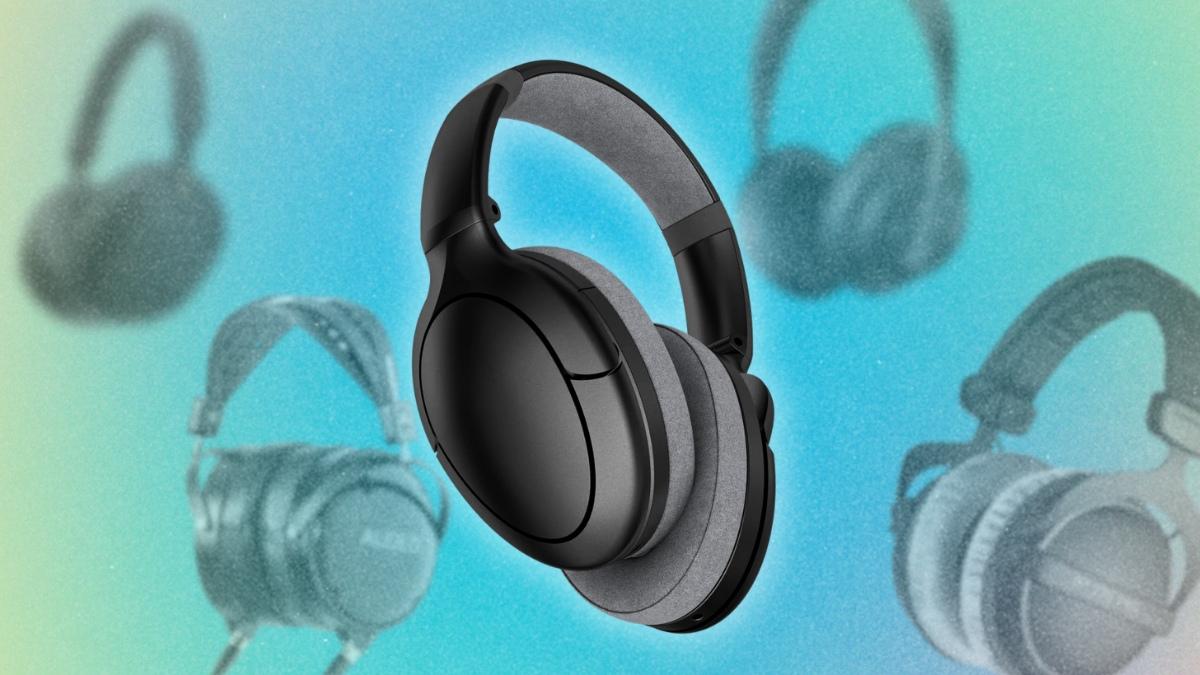
Hi. Your last paragraph, i.e.: Whatever the case may be…
is really correct. Without owning the headphones that are being emulated by the TiTurn phones, how would you know?